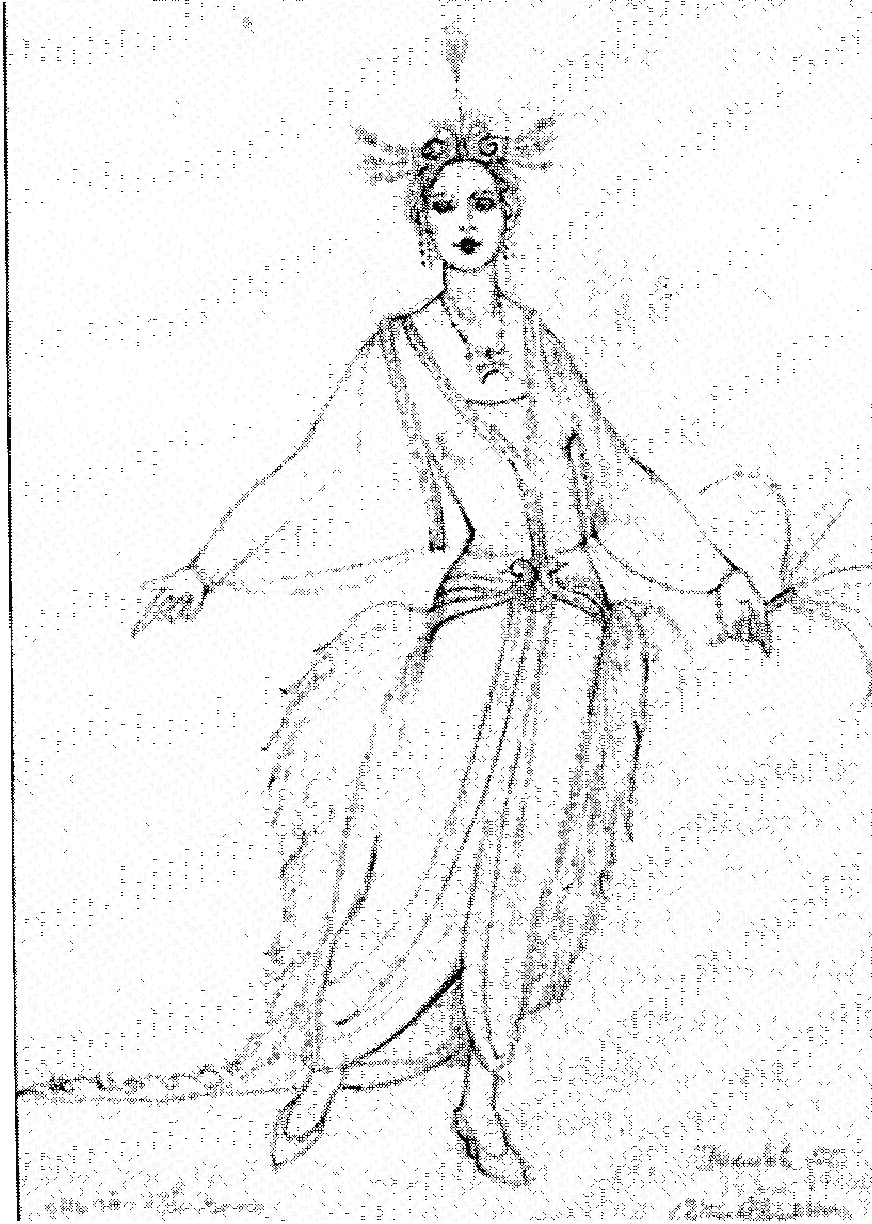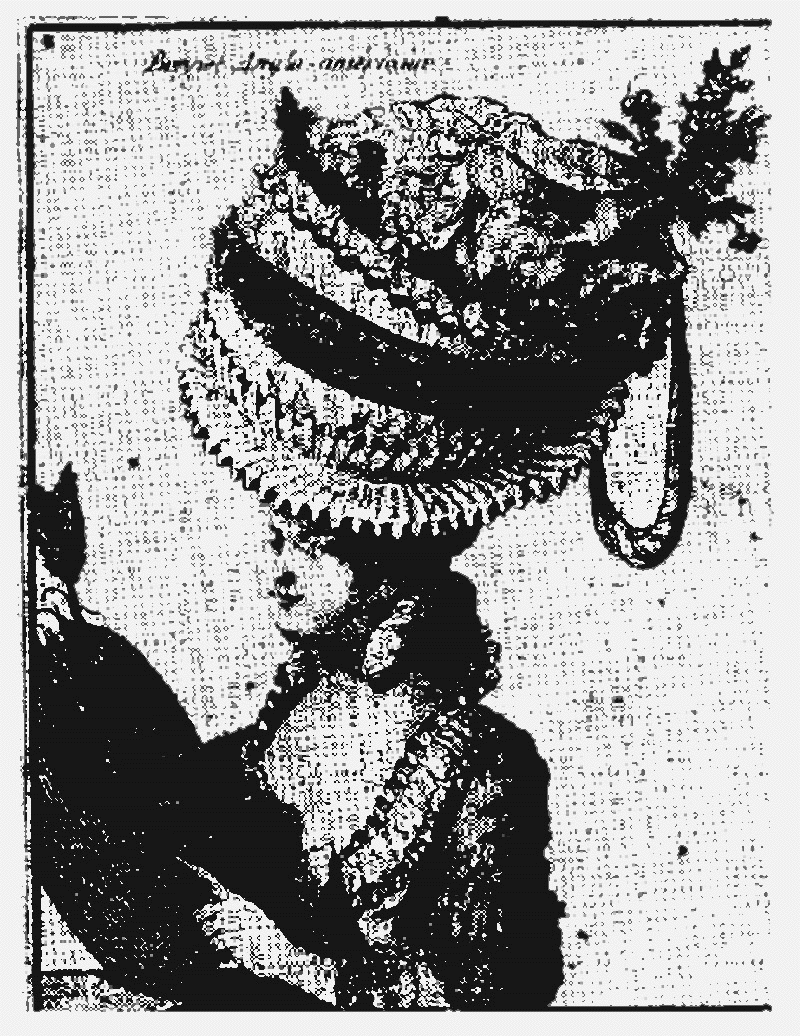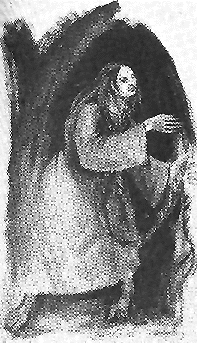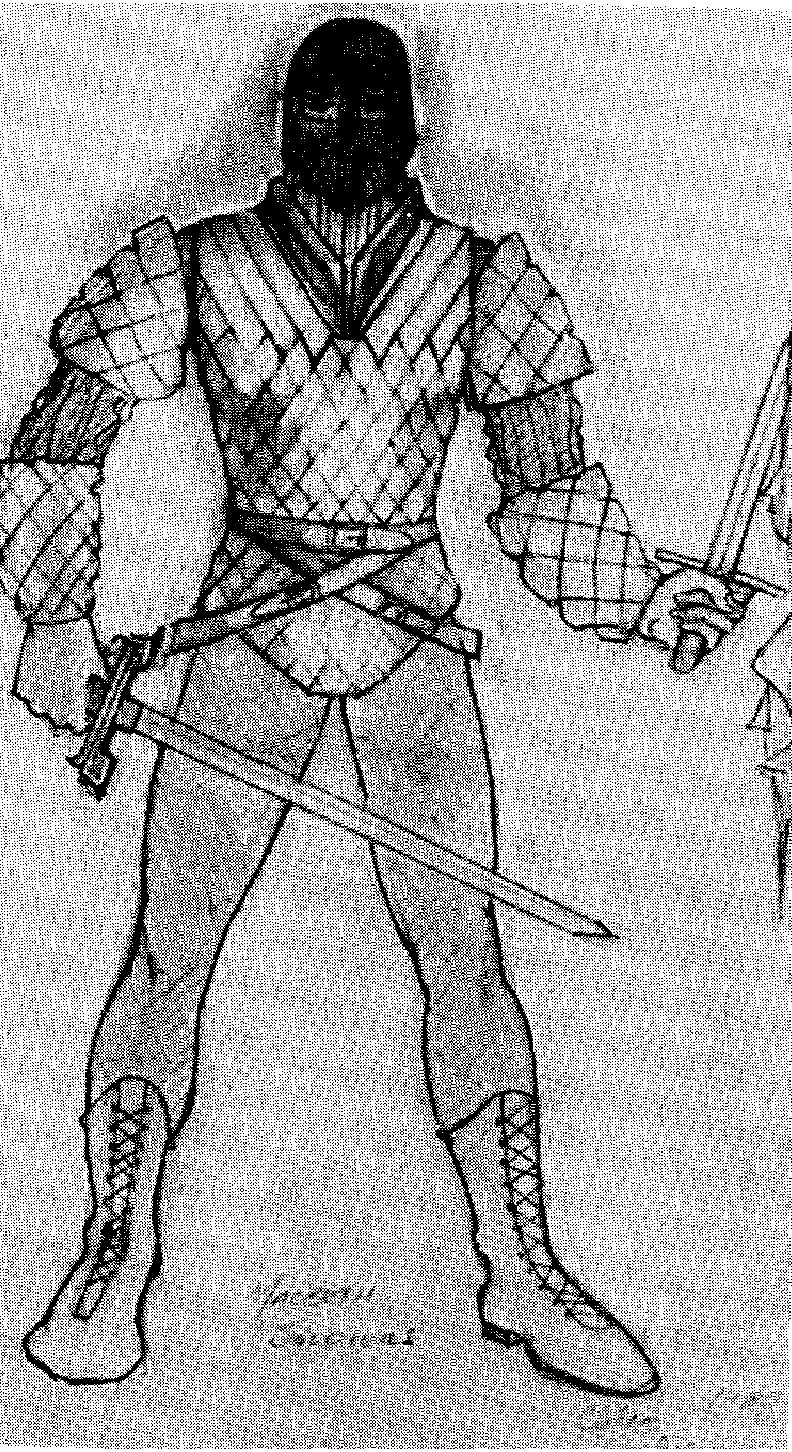ANDERSON HOME PAGE
Below is the Introduction from Costume Design which presents the design ideas covered in the text.
TEXTBOOK
Introduction
There are no absolutes in costume design, but there is certainly a logical way to approach the work so designers can develop a basic understanding of the field and guidelines that will allow them to grow and expand their capabilities with each project. Talent is important, but in a collaborative art knowing how to get the job done efficiently and Color effectively is a tremendous asset. And a well-balanced combination of talent, know-how, dependability, positive attitude, and skill in communicating is almost unbeatable. This book is designed to help develop this combination of skills.
Good costume designers must know a tremendous amount about a great many subjects including the literature of the performing arts and the physical spaces in which performances take place. They must understand people and be familiar with drawing and painting and the history of art. They must be knowledgeable about social history, be aware of many types of fabrics, and be ready to develop ideas from the sublime to the ridiculous. They must constantly be open to all kinds of stimuli; a designer never knows what information will be valuable when embarking on a new project.
This book presents practical information in the areas mentioned above, some discussed briefly, others explored in depth. It provides a working knowledge of the field, a foundation that can open doors for designers to use as they develop and learn with each new project in a wide variety of fields.
Costume Design gives the designer a basic understanding of what costumes are and what they do, beginning with a brief description of how costumes developed in the past. Since costumes are based on the clothing people wear, designers must think about what is worn, why it is worn, and what others think about it. We believe that the primary function of the costume is to enhance the characterization of a role. "Nobody ever goes away humming the costumes"—nor should they, but well-thought-out costumes can certainly add great zest to a production.
There is more than a little craziness in the clothes of everyday life and costumes in the performing arts, so a well-developed sense of humor will never hurt any designer. Directors have many things to think about, and designers who can keep their wits and wit about them make much better collaborators. Actors are usually quite concerned with their physical appearance in a role, and an open, friendly approach can often soften rough spots. Fellow workers in a costume shop will feel a lot more like working for a designer who is enthusiastic and cheery than for a cloud of doom that descends on the cutting table.
A practical approach to designing can help make creating a costume such as this one for Beulah in Merton of the Movies, a fun and satisfying experience. Design for a 1982 production at Carnegie Mellon University by Cletus Anderson. Pencil sketch.


High fashion is not always sensible, offstage or on. A 1780 "Anglo-American bonnet
The ability to put ideas down almost effortlessly is a basic tool the designer must master. Actually putting pencil to paper to begin drawing the costumes is a step that is sometimes difficult to take. We have provided a guide to the figure and the basic design principles and how they apply to the body and the costume. Designers can get to work when they are confident that they can develop the ideas on paper. They must believe in what they do and not try to hedge their bets. A sketch cannot be presented with the old dodge: 'Well, what I really wanted was….." What is really wanted should be there. It does not have to be a work of art; it should be a clear presentation of what the costume will be, one that can be easily read by the director, actors, and those in the shop who will build it.
A costume sketch may indicate the mood of the play but must clearly show the costume.Jean in John Whiting’s The Devils produced at Carnegie Mellon University in l970. Done in acrylic by Cletus Anderson.


Soldiers in Macbeth wore quilted tunics and gauntlets in costumes designed by Cletus Anderson for the 1980 Pittsburgh Public Theater production. The quilting and helmet-mask added bulk and menace to the figure.
In today's market the designer may find that much of the work that is available is in film and television. The approach to designing a valid costume is the same for any field, but the way the work is organized does vary, so a short explanation of the differences is included.
An effective costume rendering is indeed a wonderful thing, but it can be a mere academic exercise if the designer doesn't know how to translate it into an actual costume. We explain how to develop a point of view for building the show and how to take the costume plate and accurately interpret the areas to three-dimensional form. We also explore the world of fabric, for it is the backbone of the costume realization. Even while putting down the first quick impression, designers can sense the idea growing as they think of how it will work in a heavy, tweedy wool or a lightly flowing chiffon.

The Purple Panda in MisterRogers' Neighborhood wore this dinosaur suit designed by Barbara Anderson. Photo by Lilo Guest. Courtesy Family Communications, Inc.
Costume design is a delightful and challenging field. It certainly isn't an area for those of faint heart who yearn for a serene life and 10 hours of sleep a night. Problems run rampant, deadlines are always too near, and just as one need is met another jumps up to take its place. But the rewards can outweigh all these, for it is a field that keeps one involved, communicating, thinking, and growing. And it can be exciting and fun.